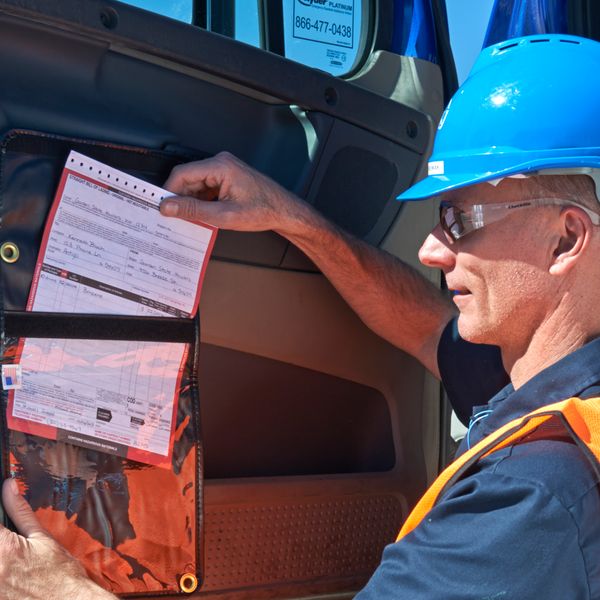How to know when a hazmat package is empty (and why it matters)
As a shipper of hazardous materials, it is important to remember that an empty packaging with the residue of a hazardous material is regulated the same as a full container. For your package to be considered truly empty – and not regulated – it cannot contain any hazmat residue. But how do you know when it’s “empty”?
Making hazmat packaging “empty”
To make sure your hazmat package is completely empty with no hazmat residue and therefore not regulated as hazmat, you must:
- Sufficiently clean out any hazmat residue or vapors from the package.
- If the package cannot be sufficiently cleaned, refill the package with a material which is not hazardous, to such an extent that any residue remaining in the package no longer poses a hazard.
- Remove, obliterate, or securely cover any hazmat marking, label, or placard from the package.
Section 49 CFR 173.29 contains the regulations for transport of empty packagings that last contained hazardous materials.
“But it’s only residue. Is hazmat training still required?”
We only ship out empty bulk containers with a minimal amount of residue. Given that, are employees who handle the shipping/handling/loading of these containers required to receive hazmat training?
As long as there is residue in the package, the requirements of the hazmat regulations apply, including those for training.
49 CFR 173.29 says, in part, “an empty packaging containing only the residue of a hazardous material shall be offered for transportation and transported in the same manner as when it previously contained a greater quantity of that hazardous material.”
“But it’s empty. Is a hazmat endorsement still required?”
We have a propane tank truck in our shop. Are we able to drive this truck with only tank endorsements? It’s empty and all markings are covered.
The Pipeline and Hazardous Materials Safety Administration considers a hazmat package to be empty when it:
- Is unused (never contained hazmat);
- Is sufficiently cleaned of residue and purged of vapors to remove any potential hazard;
- Is refilled with a material which is not hazardous to such an extent that any residue remaining in the packaging no longer poses a hazard;
- Contains only the residue of a limited quantity or a Division 2.2 non-flammable gas (other than ammonia, anhydrous) and with no subsidiary hazard, at a gauge pressure less than 200 kPa (29.0 psig) at 20 °C (68 °F); and
- Does not meet the definition of a hazardous substance, hazardous waste, or marine pollutant.
In this example, is a hazmat endorsement required?
| If the propane truck: | Then: |
| … meets the definition of empty and all hazmat markings, labels, and placards are removed or securely covered | Someone with a tanker endorsement but not hazmat endorsement could drive that vehicle. |
| … still contains residue | It must be treated as if it were full. It must display all hazmat markings, labels, and placards, and the driver must have a hazmat and tanker endorsement. |
Key to remember: An empty packaging containing only the residue of a hazardous material must be offered and transported in the same manner as when it previously contained a greater quantity of that hazardous material. However, if the package meets specific conditions, it is considered “empty” and is not subject to the hazmat regulations.



















































